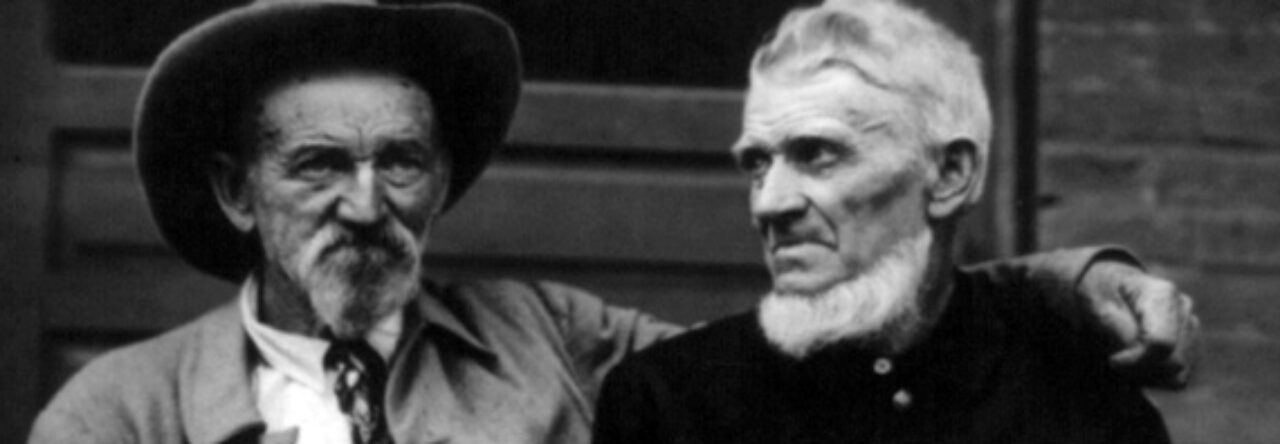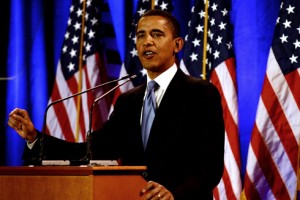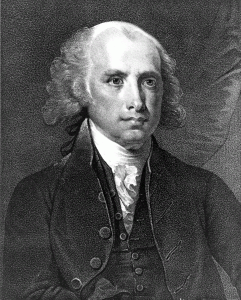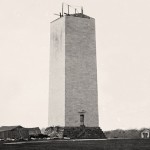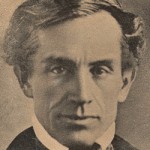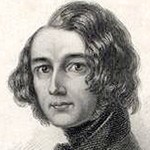“The document they produced was eventually signed but ultimately unfinished. It was stained by this nation’s original sin of slavery, a question that divided the colonies and brought the convention to a stalemate until the founders chose to allow the slave trade to continue for at least twenty more years, and to leave any final resolution to future generations. Of course, the answer to the slavery question was already embedded within our Constitution – a Constitution that had at its very core the ideal of equal citizenship under the law; a Constitution that promised its people liberty, and justice, and a union that could be and should be perfected over time.”
–Barack Obama, Philadelphia, March 18, 2008
The opening of this Civil War anniversary exhibition challenges visitors by drawing their attention to Barack Obama’s 2008 race speech which was a pivotal event in the election of the nation’s first black president but not, at least on the surface, a conventional window on the 1860s. Yet Obama’s political struggles and his thoughtful words set the stage for an important insight to be gained from this exhibition, one first enunciated by James Madison in 1792, when he acknowledged that “every word” in the Constitution “decides a question between power & liberty.” In Obama’s phrasing, power trumped liberty on the question of “this nation’s original sin of slavery” and then left the promise of equality “unfinished.” The brief opening will highlight how several of these compromises occurred in the early Republic, using graphic resources and hands-on activities to demonstrate what the nation’s Founders achieved –but more importantly, what they omitted from their version of the American experiment in self-government.
